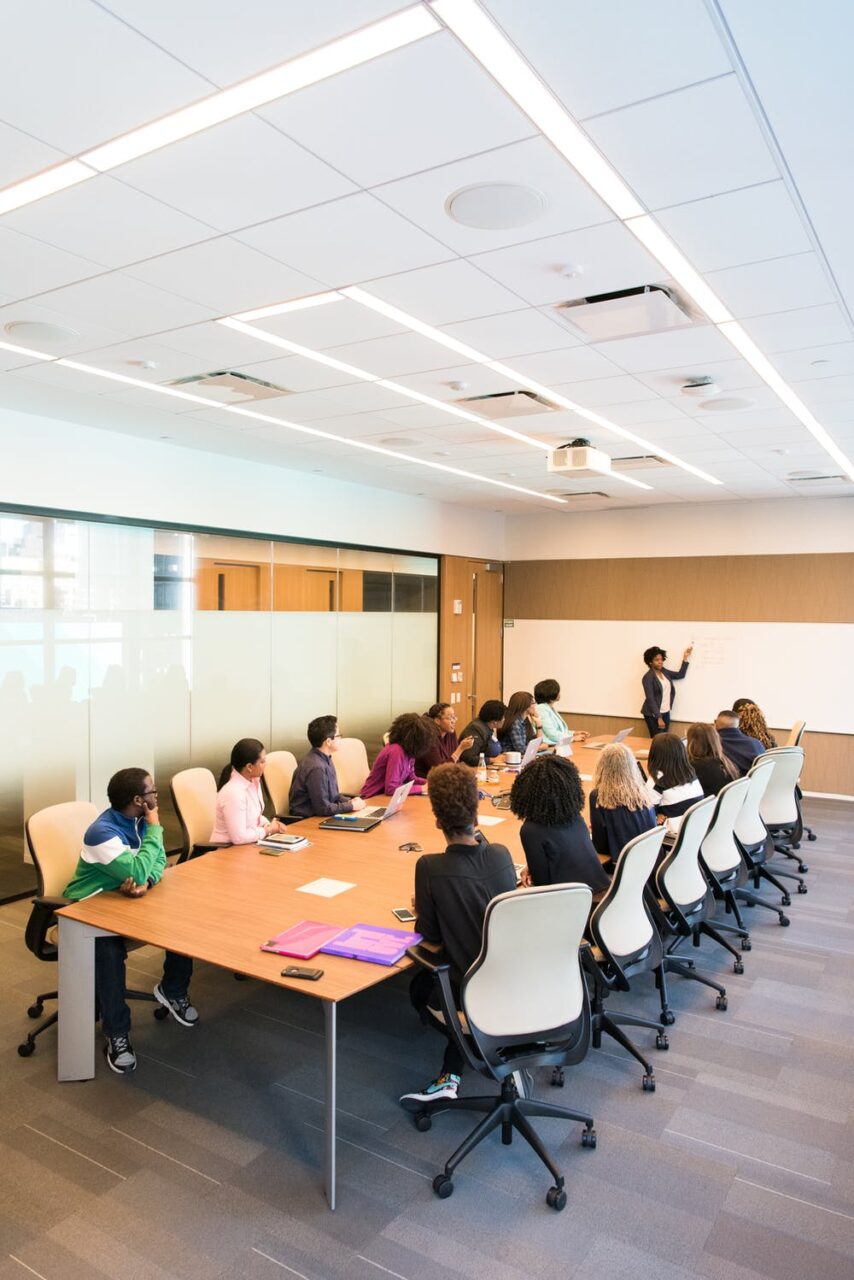How to Inspire and Motivate Mature Learners – A learning intervention guide for training instructors
(Target audience: Training instructors in the adult learning space who teach a range of subjects)
Teaching adults can be a highly rewarding experience. A successful learning intervention provides the opportunity for professional growth and whether this results in a promotion or gaining more lucrative employment, upskilling men and women guarantees an educator’s job satisfaction.
On the other hand, professional development comes with its own unique set of challenges. Adult learners typically need to be incentivised to take on new knowledge, especially if they’ve been assigned to do a course by their manager or boss. Even if they’re there out of their own volition, being able to demonstrate how the upcoming course is going to improve their work experience serves for more effective and inspired learning.
Effective Learner Intervention
It is important as an instructor to mature audiences, that you plan for a practical and worthwhile learning intervention to ensure a learner-centric experience. There are four main steps to an effective learning intervention:
- learner needs assessment
- learning resources design and development
- implementation and
- instructor self-reflection

1. Learner needs assessment
This is the first step to aligning course objectives with learner goals. Understanding the motivation and reasons for attendance will help create space for meaningful learning to take place.
Consider the following points when preparing to teach adult learners:
a) Building on existing experience
Besides introducing new knowledge, your lessons will be more dynamic if you allow room for candidates to retrieve previously learned material or draw on experience to give them the chance to consolidate their knowledge.
To be able to link your lessons to their ‘real-world’ work experience, makes the learning journey more effective and memorable for each learner. For example, when teaching time management to executives in the automotive industry, it’s important to be able to derive examples from the processes that occur the automotive industry. This may mean a bit more background reading or research work for you as the instructor but it will translate in to a more effective training programme.
This also highlights the need to break information down into digestible chunks for better understanding. It is easy to be ambitious and aim to cover a lot of ground particularly if you’re teaching a topic that is very familiar to you, however it is important to keep in mind, both the level of prior knowledge and the relevance of the learning material to your learners. This needs to be taken into account especially when you’re developing your own training material and when drafting your lesson plans.
b) Knowledge Building
On the flipside of this, learners new to the material will need time and opportunity to fit parts together to form a whole and synthesise new knowledge learnt. Depending on the subject you teach, an example of this is a final assessment or practical demonstration at the end of the course to give the learner the chance to illustrate that they have grasped key concepts.
To reinforce learning and to help learners process new information, it is important to incorporate learning activities in to your lesson. Small group discussions, reenactment or role playing activities all contribute to reinforcing new learning.

Once you’ve achieved learner buy in, you are in a better position to set joint goals with your learners. This talks to the affective or ‘feeling’ learning domain where setting and achieving targets encourages further learning.
c) Encouraging participation
As adult learners are naturally more reserved than children, there are techniques and activities an educator should incorporate into their teaching to stimulate participation. Icebreakers are an invaluable tool in getting students to open up and settle into the session through shared experiences. This helps to address how learners need to be acknowledged and involved in the learning journey.
Team work, friendly competition between groups and group activity also encourage learner bonding and participation.
Incorporating physical activity into your lessons helps support cognitive function. While you may be an intrepid instructor who’s open to interrupting your class to do jumping jacks and cart wheels, there are surprisingly simpler ways for you to cater to this learner need. You could, for example, ask that candidates show their understanding through practical demonstrations and simulated activities such as role-playing.
When candidates are physically well they are more open and benefit more from instruction. This does not mean that your learners should be able to run a marathon or lift 50-kg dumbbells, simply incorporating activity breaks into your lesson and moderating the learning workload would go a long way to enhancing effective learning.
2. Classroom management, learning resources design and development
a) Attendance requirements
Whether a student has enrolled in your course because it was a work requirement or they’ve identified a need to bridge gaps in their knowledge, the desired outcome is the same, to build their credentials. To be able to do this, you’ll need to communicate the required evidence and personal documents required to process their qualification.

Regardless of where you teach from, you’ll need to prepare a learning environment that maximises learning potential. Different seating arrangements have their advantages and disadvantages depending on the desired lesson outcomes. For example, although a boardroom setting lets people see and therefore interact with each other, the table takes up allot of space, limiting learner numbers you can accommodate in your classroom. A lecture-theatre setup on the other hand ensures that the instructor is the focus of attention but this is at the expense of not having everyone taking part in class activities.
Even if you teach online, you’ll need to plan how to present various visual elements to maintain interest and allow for participation.
Having various resources at your disposal is a surefire way to keep learners engaged and teachers can benefit from technological advancements that have evolved together with the learning landscape. For example, the overhead projector has transformed into its digital form, much to the nostalgia of old school teachers, to create an enhanced learning experience. Another illustration of the how gadgets reinforce your efforts as a teacher is the interactive whiteboard, which can display videos and connect to the internet to access content that supplements course material.
b) Training material
Whether you’re a self-employed tutor or belong to an established training institute, your course content will have either been independently produced or sourced from an outside provider. If you’re considering creating material for an untapped knowledge area or looking to update existing material, a fundamental step in the process is validating your research. You can do this by cross checking your references, conducting a peer review or consulting with industry experts. In planning for your training intervention, you may also want to print updated handouts to complement your material in the form of say, latest industry developments or recent cases studies.
3. Implementation – Using Teaching Methods And Questioning Techniques
a) Facilitation
As opposed to school-based teaching, adult education is learner centered where the trainer draws on the class’s experience to guide the intervention and synthesise information to make it valuable for everyone involved.
b) Managing group interaction
Although adults are easier to manage than younger students, the instructor still needs to be able to identify the personality types you have in your class. In all likelihood you have a mixture and apart from imparting new knowledge, a teacher’s role includes handling group dynamics to avoid conflict and create a collaborative experience.
c) Questioning techniques
Asking questions is critical to monitoring learner progress and gives an indication of whether to simplify certain concepts and or introduce more challenging ones. This exercise will also guide the pace of your lesson. As an educator you need to use various questioning techniques throughout your lesson and handle them in such a way that it encourages further participation.

4. Self-reflection
Now that you’ve painstakingly planned for and conducted fruitful training, it’s time to evaluate your material and review your session because no matter how well you think the session went and irrespective of the positive feedback you received, there is always room for growth.
An effective tool to use during this self-reflection process is conducting a SWOT analysis. Ultimately, you want the adult learners you have taught, to be able to apply the information they’ve learnt in their respective jobs and more significantly, to have inspired lifelong learning.
References:
















